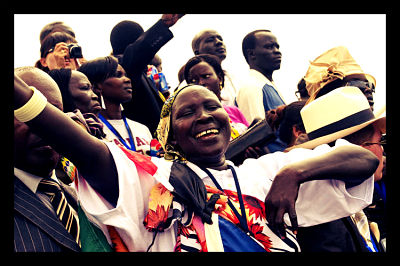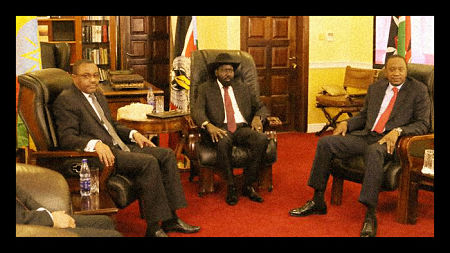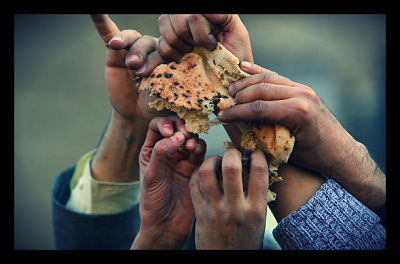
After an attempted ceasefire recently failed, rival militias escalated clashes over the main Libyan airport in the capital city of Tripoli. This renewal of fighting has already caused at least five deaths since fighting resumed on July 20. There have been reports that at least two of these were civilian deaths, as fighting moved from the airport to the neighboring residential area. While only five deaths have been confirmed, the intensity of the fighting and the limited area have prevented government officials from accurately declaring the number of deaths that have occurred. There has not been any official count of casualties released by the government since the start of this conflict.
The fighting over the Tripoli airport started on July 11, causing the airport to shut down indefinitely. The most recent skirmishes have been the most intense since the conflict started, and there have already been reports of missiles, rockets and tanks being used. This is the first time fighting has moved outside the airport into surrounding residential areas. Even if the fighting were to end now, it would take months for the airport to become functional again.
The combatants include a militia from the town Misirata and an Islamist led militia group known as the Libyan Revolutionaries Operations Room. Prior to this conflict, the airport was under the control of a militia from Zintan, a city in the western mountains of Libya.
The recent escalation of fighting indicates an entrenched conflict, and some have called this the worst fighting to take place in Libya since the Arab Spring Revolution in 2011. As Tarek Mitri, head of the U.N. Security Council mission in Libya, said, “As the number of military actors mobilizing and consolidating their presence within the capital continues to grow, there is a mounting sense of a probable imminent and significant escalation in the conflict. The stakes are high for all sides.”
Since Muammar Qaddafi was deposed and killed in 2011, Libya has struggled to maintain control of warring factions and militias. This one battle for control of the Tripoli airport is only one of many, albeit smaller, conflicts taking place all over the lawless country. Multiple governments that have been in power have struggled to keep these militias in check. Tensions are high across the country, considering the serious potential for both sides further entrenching their position and escalating attacks. For now, many inside and outside the country are nervously waiting to see how the conflict will continue to unfold.
– Andre Gobbo
Sources: BBC, Al Jazeera, CNN
Photo: BBC





 The
The